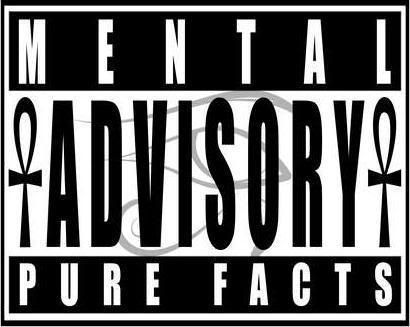Saturday, June 23, 2012
Filthiest item in a hotel room isn't the mattress... it's the TV remote
What is the nastiest, most bacteria-ridden item in the average hotel room? To be honest, for years I thought it had to be the bedspread. Surely, I was conditioned to believe, the hotel doesn't often wash those heavy things that are generally the first thing travelers sit, lie or put luggage on.
Well, turns out I was wrong. Somebody tested that theory by conducting a study, and do you know what they found? Those oft-used television remote controls in your hotel room are the worst bacteria magnets.
Moreover, hotel rooms in general are bacteria pits, according to researchers from the University of Houston, who presented the results of their research recently to the American Society of Microbiology.
In conducting their study, researchers measured the amounts of bacteria found on a number of hotel surfaces and other items. The next most contaminated items after the remote, they found, are bedside lamp switches. Bathroom toilet surfaces and sinks were also very dirty, researchers found.
Hotels shirking their obligation to provide clean rooms
But perhaps the most disconcerting discovery was the high levels of contamination on items used to (supposedly) clean hotel rooms. Sponges and mops, for instance, were highly contaminated - which means that there is a high degree of cross-contamination occurring between hotel rooms, the study concluded.
"Hoteliers have an obligation to provide their guests with a safe and secure environment. Currently, housekeeping practices vary across brands and properties with little or no standardization industry wide. The current validation method for hotel room cleanliness is a visual assessment, which has been shown to be ineffective in measuring levels of sanitation," Katie Kirsch an undergraduate student at the University of Houston who presented the study - done in concert with Purdue University, and the University of South Carolina - said.
Researchers sampled nine hotel rooms - three each in Texas, Indiana and South Carolina. And while Kirsch admitted it was a small sampling, she said she hoped it would lead to further research that could eventually develop better standards.
"The information derived from this study could aid hotels in adopting a proactive approach for reducing potential hazards from contact with surfaces within hotel rooms and provide a basis for the development of more effective and efficient housekeeping practices," Kirsch said.
It's not all bad news. Researcher did find some clean surfaces as well. They include the headboards of beds, bathroom door handles and curtain rods.
Coming in contact with contaminated surfaces can be largely responsible for the transmission of illness during outbreaks in hotels, researchers noted. That, combined with the fact there are no standards for hotel cleanliness, poses a substantial risk for guests, especially those who may have weak immune systems and are already more susceptible to infection.
Hoping the study results in better housekeeping practices
"Currently, housekeepers clean 14-16 rooms per 8-hour shift, spending approximately 30 minutes on each room. Identifying high-risk items within a hotel room would allow housekeeping managers to strategically design cleaning practices and allocate time to efficiently reduce the potential health risks posed by microbial contamination in hotel rooms," Kirsch said.
Researchers could not say whether bacteria detected could cause disease, but it's a safe bet to say with more bacteria around comes a greater risk of it.
Kirsch said the study could lead hotel managers to ensure that cleaning staff focus more on the most contaminated items either by devoting more time to cleaning them or by developing a combination of practices that otherwise reduce the levels of contamination, such as changing mop water more regularly or ensuring that sponges are thoroughly washed between uses.
Source - www.naturalnews.com
Subscribe to:
Post Comments (Atom)

No comments:
Post a Comment